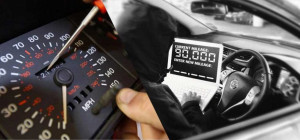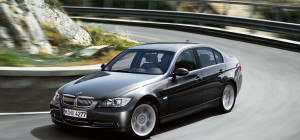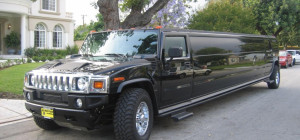
Zorro had his trusty steed, Batman had the Batmobile and Superman… just, kinda flew everywhere. But aliens from the planet Krypton aside, every superhero needs his own set of wheels - and that goes double for God's representative on Earth. That's right: we're talking about the world's greatest mobile-confession booth - The Popemobile. But where did it come from? And why? And why doesn't he just cruise around in a regular car, like Snoop Dogg or something? Here we take you on a whirlwind tour through the evolution of the Catholic Church's very own Bond car.
Origins

Even before the invention of the automobile, the Pope was used to travelling in comfort. From the early days of the Church right up to 1978(!) a Pope who fancied an airing would use the sedia gestatoria - a plush red throne carried on the shoulders of twelve men. According to some sources, its origins date back to Byzantine times. In other words, it's a slice of tradition that was with us for nearly two thousand years, until Pope John Paul's sequel came to power in the late seventies. Originally, it was used to allow worshippers a quick glimpse of the big cheese - something that would need updating as the crowds got ever bigger.
Brand Pope
In the same way that car companies now fight to get their vehicles included in the latest Bond film or The Fast and the Furious, the 30's saw an explosion of interest in beatific branding. Both the Ford motor company and Mercedes Benz went out of their way to ‘gift' successive Popes with open top limos - the sort of car the Telegraph referred to as "lay versions of the limousines favoured by banana-republic dictators." Ouch. The first of these is thought to have been Pius XI's Benz; though pontiffs of this time tended to use multiple cars by different makers; a far cry from today's iconic white box.
First Steps

It wasn't until Pope Paul VI that the possibility of combining the traditional throne with the modern limo was first seriously considered. His 1965 Mercedes 600 Pullman was a tentative step into the future - what we'd now probably call a prototype for the Popemobile. With a raised rear throne seat, it allowed the traditionalists among the Vatican to claim a victory, while also moving the Papacy forward into the automotive age - albeit forty years behind the rest of the world. It was also practical, fulfilling the role of the sedi gestatoria in a bigger, faster and more-crowded world. During his 33 day Papacy, John Paul I tried to move away from the ancient throne for good, but was dissuaded by his cardinals.
John Paul II & The Future
What else is there to say about the most-iconic Pope of the last century? Picking up where his predecessor left off, John Paul II ditched the retro chair and brought the Popemobile to the forefront, culminating in the famous white glass box design. The James Bond-esque addition of bomb-proof, bullet-proof glass came in 1982, after a failed assassination attempt put paid to a Papal open roof as permanently as JFK did for presidential limos. Since then, the Popemobile has become an institution - one cultivated by Benedict XVI during his brief tenure. Now, with a new Pope just settling in, rumours are beginning to swirl about what shape the new design may take. Will it be more of the same; or a whole new eco-version as this article suggests? Well, judging by recent reports, we can probably expect something a little more low-key: the new Pope Francis was last seen getting to his important engagements on a bus.







